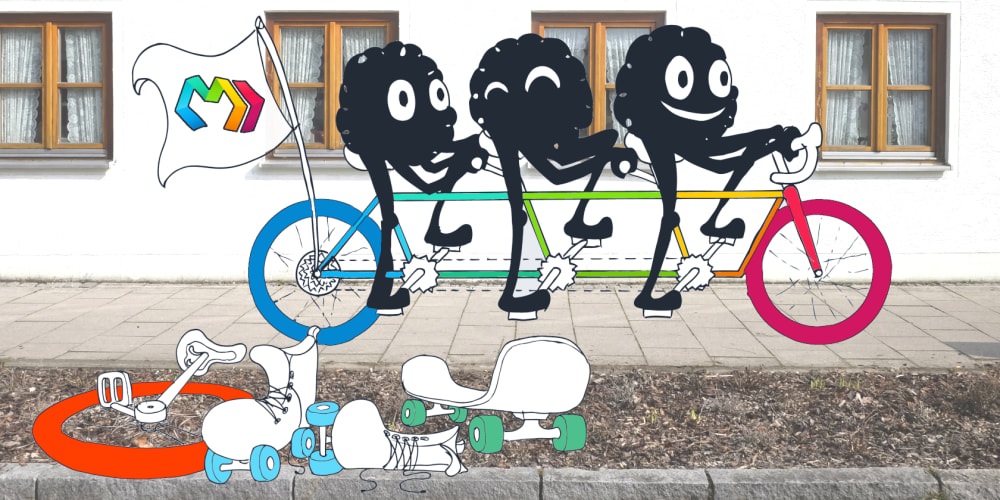
Why LLMs Within Software Development May Be a Dead End
We’re so glad you’re here. You can expect all the best TNS content to arrive Monday through Friday to keep you on top of the news and at the top of your game.
Check your inbox for a confirmation email where you can adjust your preferences and even join additional groups.
While the title Does current AI represent a dead end? is clearly made to encourage debate, there is a case within this academic article that is particularly pertinent to software developers:
“Current AI systems have no internal structure that relates meaningfully to their functionality. They cannot be developed, or reused, as components. There can be no separation of concerns or piecewise development.”
My post today is just about using Large Language Models (LLMs) as part of your product solution, not using AI as a tool during development (e.g., AI coding tools like Cursor and Zed AI). Using LLMs to perform specific Software Development Lifecycle Activities (SDLAs) has problems, but the way we make something is usually distinct from what we sell to customers. So, in the graph below, we are looking at the top two parts:
The problem at the moment with LLMs is that they are provided much like cars. You pay for the whole thing, and there is no expectation of seeing it as a set of composable pieces. The lack of decomposability with cars is not an issue because driving is a heavily controlled activity. Even if you could compose a car from components like Lego, it wouldn’t be tolerated on a public road.





















